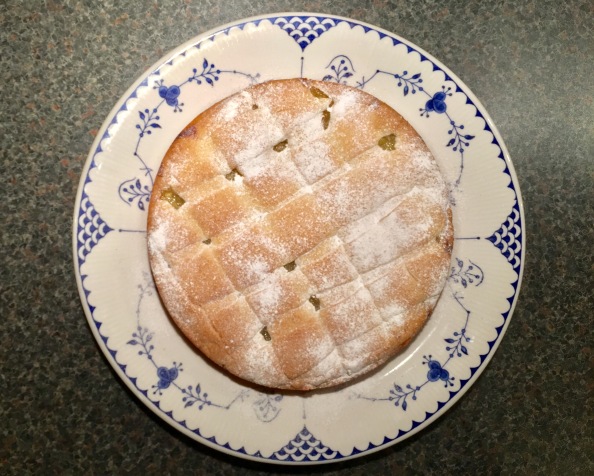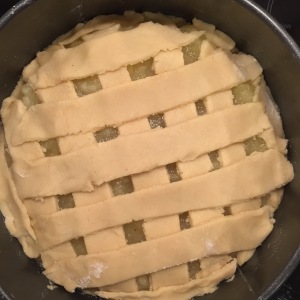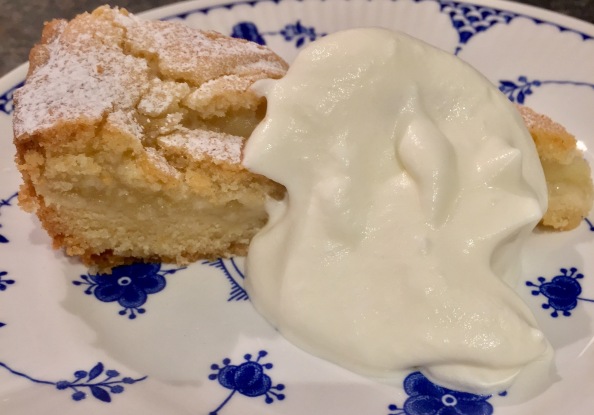We’re slowly adjusting to being empty nesters. Mind you, university terms are not that long and our youngest will be home for the Christmas holidays in just a few weeks. One thing I’m struggling with though, is reducing the amount of food I buy: I keep overestimating how much we’ll need. I imagine that just when I’ve got it right, it will be time to step up the quantities again for the family returning home for Christmas. And so it is that yesterday I suddenly remembered the San Marzano plum tomatoes I’d bought and not used. I don’t keep tomatoes in the fridge because they lose their flavour. This means they need to be used within a few days of purchase. My tomatoes were fine but starting to feel a bit squidgy; it was time to make a pasta sauce. Pasta with a really good homemade tomato sauce is one of my favourite dishes to eat. We probably had it at least once a week when my children were growing up and I still make it often. I have tried lots of different recipes over the years. The one I probably make the most is this one by Felicity Cloake. But sometimes I just make it up as I go along according to what I have in the cupboard and yesterday I decided to make a sauce using roast tomatoes, based on my friend Kate Percy’s from her book Go Faster Food (you don’t have to be an endurance athlete to enjoy her recipes: I’m certainly not one). Roasting tomatoes is a great way to use them up when they’re past their best and it also intensifies the flavour of disappointingly insipid ones.
Ingredients
- 3 x San Marzano tomatoes (or other plum tomatoes)
- Extra virgin olive oil
- Sugar
- Salt and pepper
- 250ml passata
- Pinch chilli flakes (optional)
- 1 clove garlic, peeled and crushed
- 1 bay leaf
- Glug of red wine vinegar
- ½ tsp dried basil (or a couple of stalks of fresh basil if you have it)
- 250g spaghetti or pasta of your choice
Method
- (Pre-heat conventional (fan) oven to 140ºC or 170º if you’re in a hurry)
- Place the tomatoes on a baking tray lined with bake-o-glide
- Drizzle with olive oil and season with salt and pepper
- Sprinkle lightly with sugar
- Place in the simmering oven for 3-4 hours until shrivelled and the aroma is intense
- Tip the roasted tomatoes and all the residual juices from the tray into a saucepan or small casserole
- Squash the tomatoes down a bit with a wooden spoon, add the passata, garlic, bay leaf, chilli flakes, a little more olive oil, red wine vinegar and basil
- Bring to simmering point on the simmering plate and transfer to the simmering oven for an hour or two for the flavours to meld and the sauce to thicken. You can leave it uncovered if you want it to thicken in less time than that
- (Or simmer covered on a conventional hob at low temperature for half an hour to an hour, removing the lid towards the end if you feel it’s not thick enough)
- Meanwhile cook the spaghetti until it’s al dente
- Check the sauce for seasoning and toss the drained pasta in it
- Serve with a drizzle of extra virgin olive oil and some freshly grated parmesan

























 Don’t worry: you can just patch them together as you place them. As you can see from the photos, mine does not look remotely professional
Don’t worry: you can just patch them together as you place them. As you can see from the photos, mine does not look remotely professional
